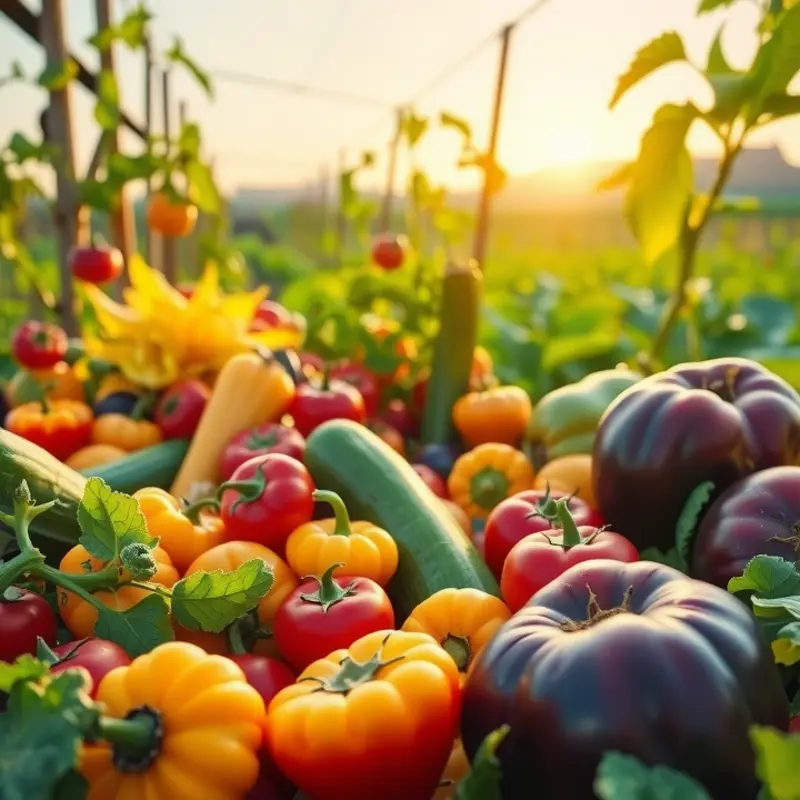Cooking without onions can elevate your culinary skills and cater to various dietary needs. Whether due to allergies, dietary restrictions, or personal preference, flavorful dishes can still shine. This guide offers practical substitutions, ingredient suggestions, and creative cooking techniques designed for both novice chefs and seasoned home cooks. Embrace the joy of cooking by exploring alternatives that enhance taste without compromising health.
Essential Flavor Bases: Building Taste Without Onions

Creating a rich flavor base without onions may seem challenging, but a world of delicious alternatives awaits. The goal is to cultivate depth using a variety of aromatics and spices that can mimic or even surpass traditional onion-based foundations.
Garlic stands out as a fundamental substitute. Its aromatic intensity, when sautéed, provides a robust base that complements many dishes. To elevate garlic’s potential, consider pairing it with leeks or shallots. Though related to onions, they offer milder profiles that can enhance flavor without overpowering the dish.
Celery and carrots form the backbone of many classic French bases, known as mirepoix. These ingredients provide sweetness and aroma, creating a subtle backdrop for soups and stews. If sweetness is a priority, try fennel. Its anise-like flavor can add a unique dimension, especially when softened in olive oil.
When crafting Indian cuisine without onions, consider hing (asafoetida), a pungent spice that mimics the savory essence of onions. A pinch can transform curries, offering complexity and richness. Similarly, ginger, whether fresh or powdered, is a brilliant addition to stir-fries and marinades.
In Mediterranean dishes, red peppers can be roasted and blended to create a rich, sweet foundation. Paprika, either smoked or sweet, will also impart depth and color. These alternatives are especially effective in sauces and dips, bringing vibrancy to the plate.
Herbs play a crucial role in flavor-building. Basil, thyme, rosemary, and oregano offer layers of aroma and complexity. Use them fresh to impart lightness or dried for a deeper infusion. A bouquet garni, a bundle of herbs, can be simmered gently to infuse broths and stocks with subtlety and warmth.
For those seeking a powerful umami punch, mushrooms are an excellent choice. Sautéed, they release a profound richness. Dried mushrooms, rehydrated and finely chopped, can replicate the texture onions provide while contributing a savory depth.
Exploring global kitchens reveals distinct techniques for building flavor without onion reliance. In Japanese cuisine, miso paste serves as a savory foundation, imparting depth through its fermentation. Its salty and sweet notes are perfect for soups and sauces.
Explore the world of sauces with a focus on layering flavors. Check out this guide on easy sauce simmering for practical tips on creating rich and flavorful sauces without onions.
By embracing these alternatives and techniques, you can create dishes that resonate with depth and richness, proving that onions are not the sole gatekeepers of flavor. Experiment and taste as you go; the journey to impeccable taste is part of the culinary adventure.
Creative Substitutes: Keeping Flavor Alive

Onions are a staple in many kitchens, but for those seeking alternatives, a myriad of options can fill the flavor gap. Garlic offers a robust aroma and complexity that can act as a strong foundation for soups, sauces, and sautés. Using garlic in varying forms—raw, sautéed, or roasted—can dramatically change your dish’s profile, offering versatility in flavor intensity.
For a milder, nuanced option, shallots are a close cousin to onions, offering a subtle sweetness and delicate crunch that works well in dressings or as a garnish. They can be caramelized like onions, or thinly sliced and enjoyed raw in salads, delivering a gentle punch of flavor.
Don’t overlook the powerful combination of herbs and spices. Rosemary and thyme add earthiness, while basil and oregano provide a hint of Mediterranean charm. Smoked paprika adds depth and a hint of heat, perfect for enhancing stews and grilled proteins. Combine these spices to create complex blends that elevate your culinary creations.
Vegetables such as leeks and fennel possess unique notes that can mimic the texture and layered flavors often attributed to onions. Leeks, with their mild onion-like taste, are a fine choice for soups and stocks. Fennel, on the other hand, brings a subtle anise-like sweetness, adding sophistication to roasted vegetables or seafood.
Fruits can also surprise with their complexity. Try incorporating caramelized apples or pears in dishes, adding sweet and tangy notes that offset savory elements gracefully. Citrus fruits, like lemons or limes, provide a refreshing tang and aroma that brighten up creams and grains.
Nuts and seeds bring both texture and a savory richness. Toasted pine nuts or chopped almonds add a satisfying crunch and enhance the overall taste profile of salads or pasta. A blend of crushed nuts as a crust for fish or chicken can add unexpected complexity and nutrition.
For practical application, consider creating a roasted garlic and rosemary chicken. Simply roast chicken with whole cloves of garlic, sprigs of rosemary, olive oil, and a sprinkle of salt and pepper. Pair this with a fennel and orange salad, where the fennel’s crisp texture and the oranges’ citrusy sweetness beautifully complement the savory roast.
To further maximize your ingredient use and reduce waste, review practices for low-waste cooking prep, ensuring your creative substitutes make the most impact with minimal leftovers.
These creative substitutes not only help maintain rich flavors in your meals but also invite new dimensions to your culinary repertoire, all while catering to dietary needs and preferences.
Final words
Cooking without onions opens up a world of possibilities for flavorful, health-conscious meals. By exploring alternative ingredients and flavor bases, you empower yourself to create delicious dishes that cater to your dietary needs or preferences. Embrace the creativity that comes with cooking without traditional staples and discover new flavor profiles that enhance your culinary repertoire. Remember that every ingredient has its unique character, and with practice and experimentation, you’ll find the perfect combinations that satisfy your palate.







